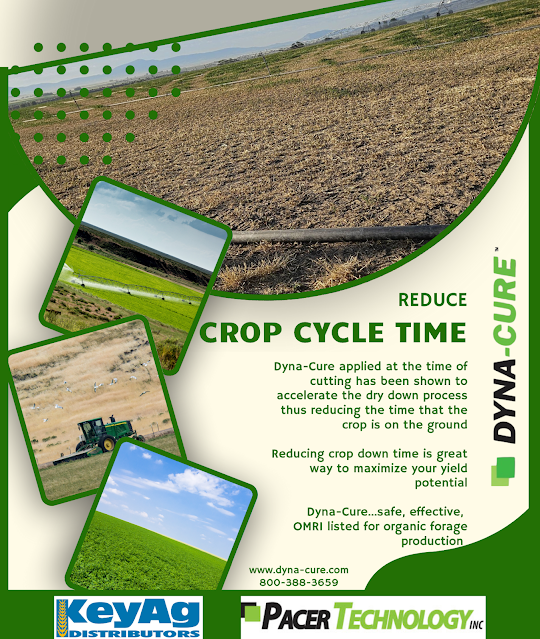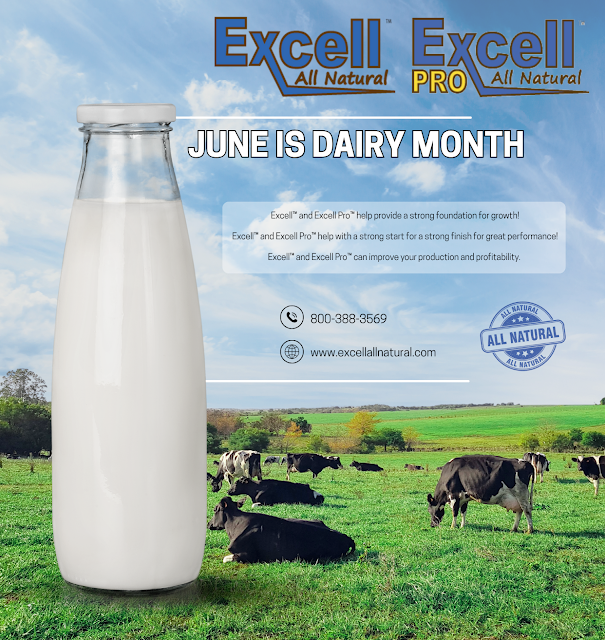MILK:
It is interesting to see how quickly the market can turn. The recent strength of cheese prices has resulted in the August Class III contract gaining around $1.00 per cwt over the past two days. Cheese buyers turned aggressive to take advantage of the lower prices. This may continue as buyers who had been buying as needed may step up to purchase more aggressively, rather than take a chance on prices continuing to increase without another price retracement. The May Agricultural Prices report was released today. The average price for corn was $4.64 per bushel, up $0.02 from April and $0.13 higher than May 2024. The supreme/premium hay price was $277.00 per ton, up $25.00 from April and up $1.00 per ton from a year ago. The All-milk price was $21.30, up $0.30 per cwt from April, but down $0.70 from May 2024. The missing price to calculate the income over feed price is the average price for soybean meal and will be released by the FSA on Tuesday morning. The prices in the report indicate that the income over feed price will be higher than it was in April, in light of the soybean meal futures trading sideways for the month. Other prices of interest are the alfalfa hay price, which averaged $191.00 per ton, up $11.00 per ton from April but down $9.00 per ton from a year ago. The average soybean price was $10.40, up $0.20 from April but down $1.50 per bushel from May 2024.
AVERAGE CLASS III PRICES:
| 3 Month: | $18.39 |
| 6 Month: | $18.74 |
| 9 Month: | $18.55 |
| 12 Month: | $18.41 |
CHEESE:
The block cheese price has increased 12.50 cents over the past four days. The barrel cheese price has increased by 8 cents over the same time. The market has proved itself, which has caused traders to both short-cover and buy Class III futures aggressively. Surprisingly, futures did not increase further than they did due to spot cheese prices exceeding the gains of Friday.
BUTTER:
The butter price moved above the sideways range it has been trading in over the past month. This may trigger greater buying interest as the uptrend may resume. Demand for bulk butter has been improving while retail demand has held steady. Seasonal buying may surface to support the price.
Outside Markets Summary:
September corn closed down 2.25 cents per bushel at $4.0925, November soybeans closed up 2.25 cents at $10.2700 and August soybean meal closed up $.20 per ton at $275.80. September Chicago wheat closed down 2.50 cents at $5.3825. August live cattle closed up $0.58 at $213.88. August crude oil is down $0.41 per barrel at $65.11. The Dow Jones Industrial Average is up 276 points at 44,095, with the NASDAQ up 96 points at 20,370.























